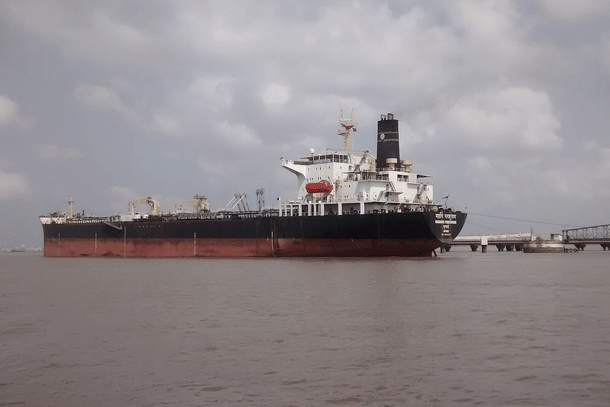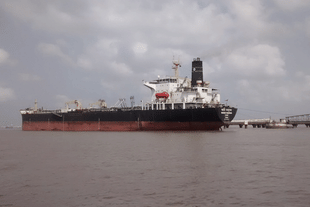News Brief
India To Buy 112 Locally-Built Oil Tankers Under Rs 85,000 Crore Plan To Strengthen Energy And Maritime Security: Report
Swarajya Staff
May 21, 2025, 10:06 AM | Updated 10:20 AM IST
Save & read from anywhere!
Bookmark stories for easy access on any device or the Swarajya app.


India is reportedly planning to invest Rs 85,000 crore ($10 billion) by 2040 to acquire 112 crude oil carriers, aiming to build a domestic fleet and reduce reliance on foreign-owned vessels, Bloomberg reported citing sources familiar with the matter.
Government-run oil firms currently lease aging tankers from international players.
The petroleum and shipping ministries now seek to change this by building a fleet under Indian control, according to the report.
In the first phase of the plan, India reportedly plans to procure 79 tankers, including 30 medium-range ships.
The first purchase order, covering 10 tankers, is expected this month.
Only India-built vessels — even with foreign partners — will reportedly qualify for the purchase.
Even as the world is shifting toward cleaner energy, India is set to ramp up its crude oil refining capacity from 250 to 450 million tonnes annually by 2030, driven by rising local and global demand for oil products.
Given India’s high dependency on imported crude, building indigenous shipping capacity is critical to ensure uninterrupted energy trade flows.
India aims to increase its share of locally built crude carriers from 5 per cent to 7 per cent by 2030, and to 69 per cent by 2047 — its target year for achieving developed-nation status.
In 2025, the Modi government announced a Rs 25,000 crore fund to support the maritime sector, with a focus on cutting dependence on foreign-made ships and strengthening domestic shipbuilding.
The plan includes building vessels for coal, fertilizer, and steel transport as well, with the long-term goal of transitioning to a fleet made largely in India.
India’s shipbuilding sector remains underdeveloped due to low domestic demand.
However, officials believe global players building for export in India will trigger economies of scale.
India’s largest homegrown tanker, the MT Maharshi Parashuram, measures 238 meters with a deadweight tonnage of 93,332 — far smaller than China’s 380-meter-long Oceania supertanker with a 441,584-tonne capacity.
To spur shipbuilding, the Indian government reportedly plans to generate strong demand signals and is wooing shipbuilders from Japan and South Korea with the lure of incentive-backed collaborations.
HD Hyundai Heavy Industries of South Korea is reportedly in talks with Cochin Shipyard Ltd. to set up a shipbuilding facility in Kochi.
India has also held discussions with Samsung Heavy Industries and Japan’s NYK Line to explore partnerships in local shipbuilding.
Also Read: Mumbai-Ahmedabad Bullet Train Project Hits Major Milestone With Completion Of 300 Km Of Viaducts





